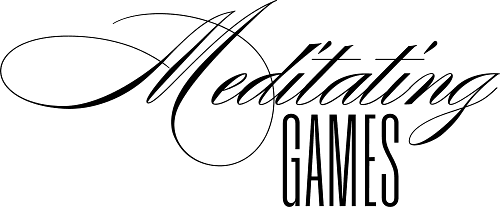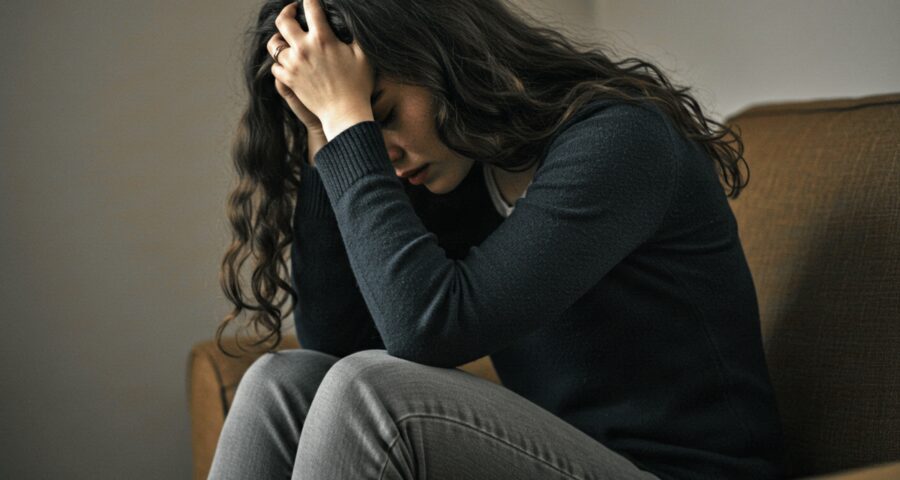By the end of this article, you’ll understand:
- Why guilt—not the habit—is the real cause of emotional discomfort.
- The role guilt plays in addictive behaviours and emotional cycles.
- How to recognize guilt when it arises and let it go without needing therapy.
- How Tony Robbins’ “crazy 8 pattern” connects guilt, anger, and depression.
- Practical steps to break free from guilt and experience immediate relief.
The Hidden Source of Emotional Discomfort: It’s Not the Action—It’s the Guilt.
If you feel bad about your phone-scrolling habit, or any habit you’ve labelled as “bad,” here’s a secret: it’s not the action itself causing your discomfort—it’s the guilt attached to it.
Guilt is a a choice with a negative emotion attached to it that often gets misinterpreted as helpful because it’s supposed to “keep us in check.” But in reality, guilt serves as a control mechanism, and as some researchers suggest, its origins can be traced back to religious and societal structures designed to enforce conformity. ([Source TBD: Potential references on guilt and control mechanisms])
When you feel guilty, your nervous system responds as if you’re under threat. Your body releases stress hormones, making you feel uneasy, restless, and emotionally drained. What’s worse, guilt keeps you stuck by making you believe the action is the problem—when, in fact, it’s your judgment of the action that’s creating the discomfort.
The Power of Awareness: How to Identify and Disarm Guilt.
Guilt often sneaks in unnoticed. The next time you feel bad about something—whether it’s scrolling endlessly or indulging in a habit you wish to change—ask yourself: Is this guilt?
When you identify the emotion as guilt, you shift from being controlled by it to becoming the observer. This awareness is powerful. As you acknowledge the guilt, you create an opportunity to let it go by deciding not to judge yourself or your actions.
Quick Exercise:
1. When a bad feeling arises, pause and ask, What am I feeling right now?
2. If the answer is guilt, accept that “I chose to feel guilty about this, and if I want, I can just as easily choose to let it go!”
3. Remind yourself: It’s not the action causing my discomfort; it’s the guilt.
3. Say internally or out loud: I can to let this go.
Breaking Free from the Guilt-Anger-Depression Cycle
Tony Robbins and psychologist Cloe Madanes describe the “Crazy 8 Pattern” as a vicious emotional cycle where individuals bounce between guilt, anger, and depression without understanding the underlying cause.
Here’s how the cycle works:
Stage 1: You feel guilty about an action (e.g., scrolling on your phone or lashing out at someone).
Stage 2: Guilt festers and turns into depression, making you feel stuck and powerless.
Stage 3: To break out the depression, you shift into anger. Anger feels more empowering because it has energy behind it, but it’s often misinterpreted.
Stage 4: Society condemns anger, so you feel guilty for expressing it.
Back to Stage 1: The cycle repeats.
This pattern is especially common in people who feel trapped by their habits. For example, social media can trigger feelings of inadequacy, leading to guilt. The guilt fuels depressive feelings, which may be temporarily alleviated by anger—perhaps through reactive posts or venting. But soon after, guilt returns, and the loop starts again.
How to Break the Crazy 8 Pattern That Keeps You Stuck.
Acknowledge the Cycle: When you recognize the shift from guilt to anger or depression, pause and name it.
Let Guilt Dissolve: Remind yourself that guilt doesn’t mean you’re bad—it’s a choice that leads to an emotion you have the power to release.
Express it: Instead of suppressing anger, express it in the best way you know how. You are where you are, and it’s okay. I won’t even instruct you to channel or redirect the anger into constructive energy as most practitioners do, because even that is another form of suppression! As the author of this article, I trust you are doing the best you know how, and have always been doing the best you know how. You’ve got this. You know what to do. Today, in society, anger is most easily expressed through sports and at the gym. Personally, I decide to run like a crazy woman while listening to heavy, dark rap music until I am exhausted and the energy has dissipated naturally. And believe me, it is the only time I ever run 😉 ~ Elizabeth Richardson (Author)
Anger Isn’t the Enemy—Suppression Is.
One of the most misunderstood parts of the guilt cycle is the role of anger. Anger, when allowed to move through the body naturally, can be a healthy release that leads to relief and a feeling of empowerment. I have worked with high achievers who intentionally express anger in chosen ways on a regular basis and credit the allowance of anger as one of their greatest assets leading to their success. However, when society imposes guilt on expressions of anger, it forces individuals back into a passive state of depression.
As I experienced growing up, this cycle felt like torture until I discovered that anger wasn’t something to fear—it was something to understand and express. Once expressed, anger dissipates naturally, making room for peace and calm or heightened bursts of creativity and passion.
Why Letting Go of Guilt Leads to Lasting Relief.
Here’s what’s real: you don’t need to fix yourself, and you don’t need therapy to overcome bad habits. What you need is a shift in perspective.
When you stop defining certain behaviours as “bad” and stop judging yourself for them, guilt loses its grip. This creates space for genuine emotional relief and sustainable changes in behaviour.
Practical Steps to Let Go of Guilt:
1. Notice the Feeling: The moment you feel guilt creeping in, acknowledge it without judgment.
2. Ask the Right Questions: Is this guilt something I want to keep buying into or am I willing to let it go?
3. Shift Your Perspective: Remind yourself that the action isn’t inherently bad—it’s your perception of it that creates the discomfort.
4. Choose Compassion: Speak to yourself as you would a dear friend. Replace self-criticism with self-kindness and self-acceptance.
5. Celebrate Small Wins: Every time you let go of guilt, celebrate the emotional freedom you’ve gained. You might find it’s easier than you think.
Final Thoughts: Guilt Is Optional—Relief Is Available.
Understanding the role of guilt and its connection to addictive behaviours is the key to lasting relief. Whether you’re struggling with phone-scrolling or any other habit, the path to freedom isn’t through discipline or punishment—it’s through understanding and upliftment. As you practice letting go of guilt, you’ll notice that behaviours you once struggled with become easier to manage or naturally fall away. Relief is within reach the moment you stop fighting yourself and start choosing to feel good now.
Want A Little Bit More?
If you are ready for a truly uplifting Vibrational Flow Guidance experience, or just a taste of what’s possible, choose from the products below or visit the shop to see the Complete High-Vibe Living Meditation Collection.
Coming Next: Emotional Calibration—How To Raise Your Vibration Step by Step.







